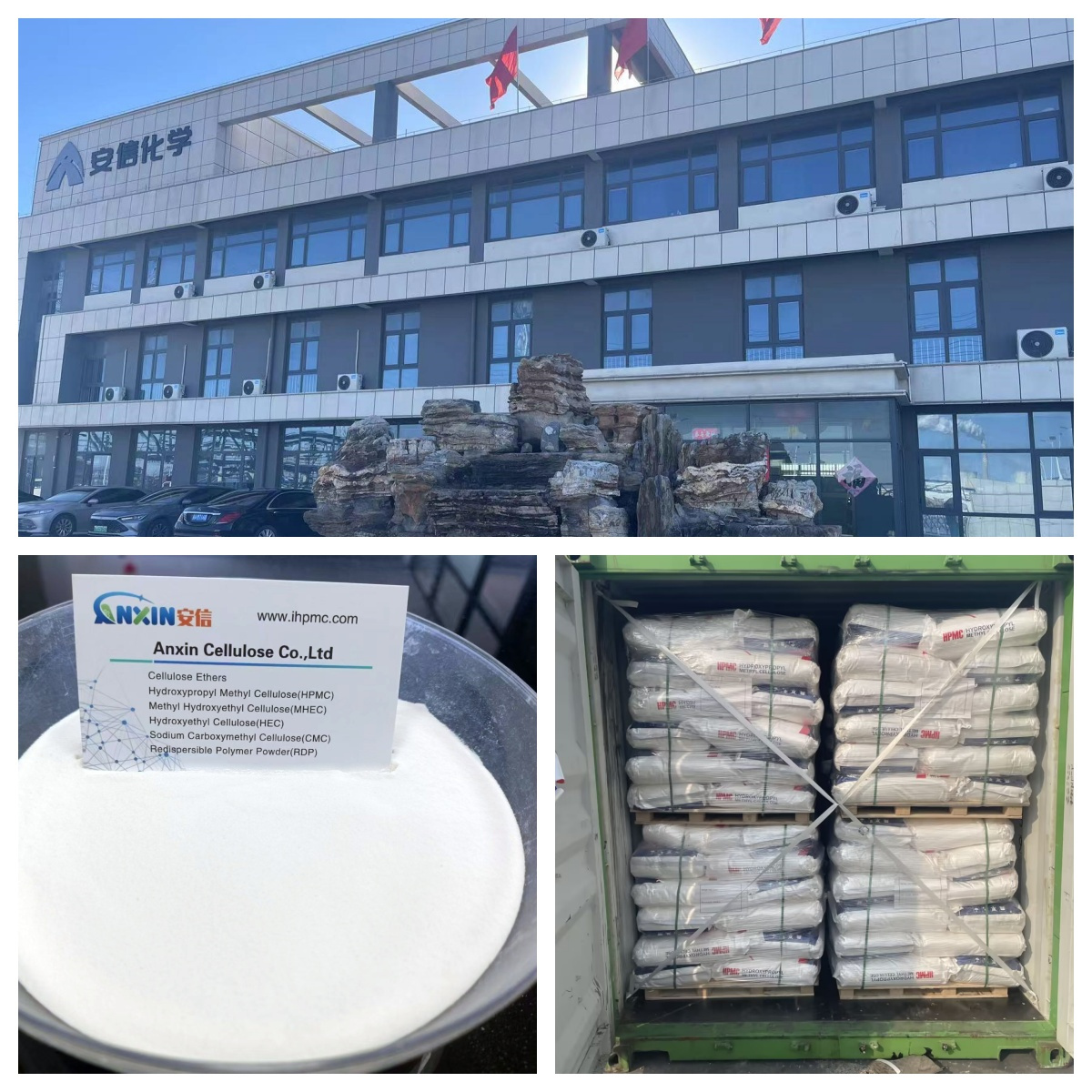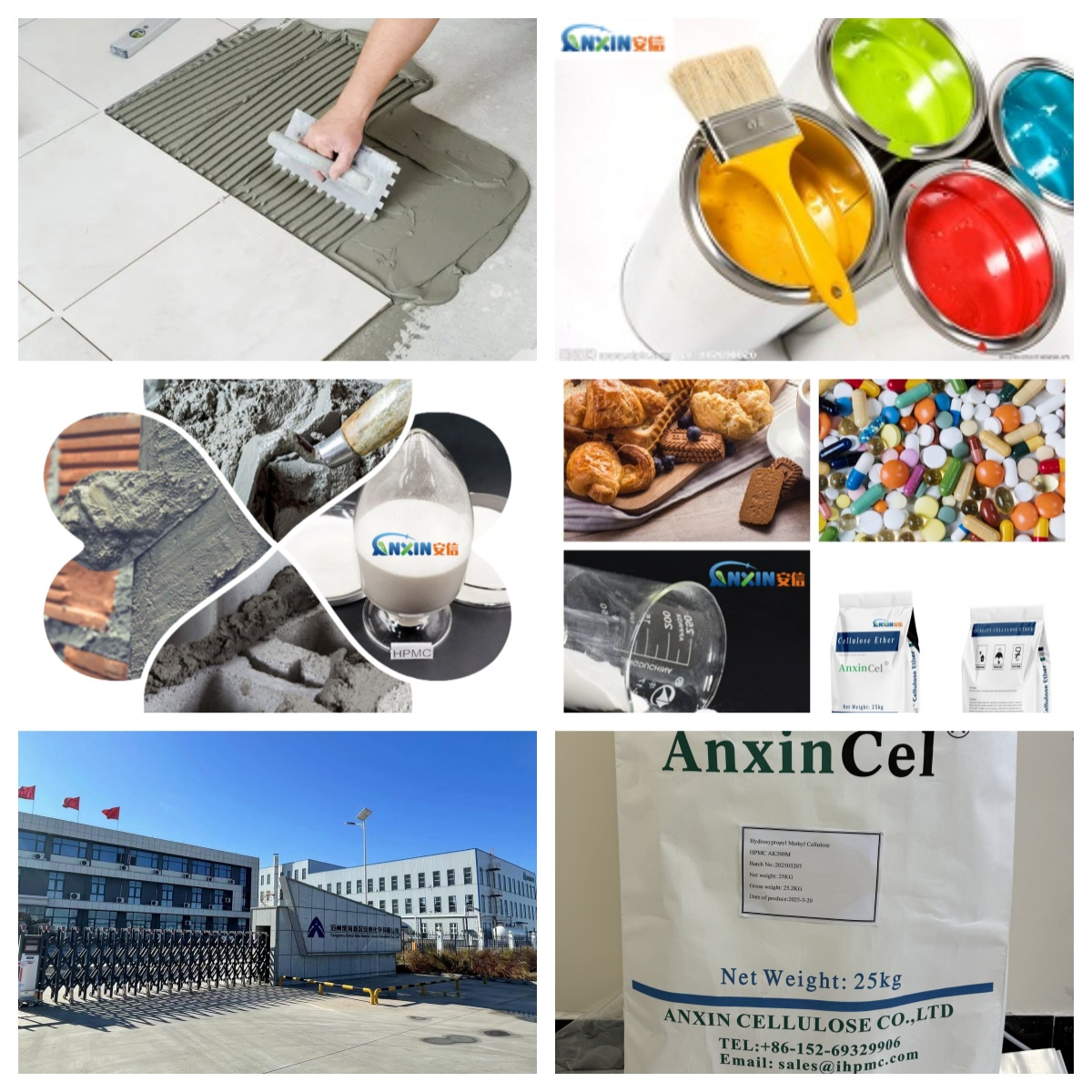Cellulose ethers are a group of modified natural polymers derived from cellulose, the most abundant biopolymer on Earth. As derivatives of cellulose, cellulose ethers retain the basic structural features of cellulose while incorporating ether groups that profoundly influence their solubility, rheological behavior, thermal stability, and chemical reactivity. These materials are widely used in industries ranging from pharmaceuticals and food to construction and personal care, owing to their unique combination of properties.

1. Cellulose: The Backbone Structure
Cellulose is a linear polysaccharide composed of β-D-glucose units linked by β-1,4-glycosidic bonds. Each glucose unit is rotated 180° relative to its neighbors, resulting in a highly ordered and extended chain. These chains form strong intermolecular hydrogen bonds, creating a rigid and crystalline structure. Each anhydroglucose unit (AGU) in cellulose contains three hydroxyl (–OH) groups, located at the C2, C3, and C6 positions. These hydroxyl groups are highly reactive and serve as the primary sites for chemical modification.
2. Etherification of Cellulose
Cellulose ethers are produced by reacting cellulose with alkylating agents in the presence of a strong base, typically sodium hydroxide. This process substitutes the hydroxyl groups of cellulose with various ether groups such as methyl (–CH₃), hydroxyethyl (–CH₂CH₂OH), or carboxymethyl (–CH₂COOH). The general reaction mechanism involves the activation of cellulose hydroxyls to form alkoxide ions, which then react with an etherifying agent.
The type of substituent introduced determines the class of cellulose ether. For example:
Methylcellulose (MC) – Substituted with methyl groups.
Hydroxyethylcellulose (HEC) – Substituted with hydroxyethyl groups.
Carboxymethylcellulose (CMC) – Substituted with carboxymethyl groups.
Hydroxypropylcellulose (HPC) – Substituted with hydroxypropyl groups.
Ethylcellulose (EC) – Substituted with ethyl groups.
Each of these derivatives imparts specific properties, such as water solubility, film formation, thickening, and thermal gelation, tailored to particular applications.
3. Degree of Substitution (DS) and Molar Substitution (MS)
One of the most important structural parameters of cellulose ethers is the degree of substitution (DS), which refers to the average number of hydroxyl groups on each glucose unit that have been replaced by ether groups. Since there are three hydroxyl groups per AGU, the maximum DS is 3.
Some cellulose ethers, such as hydroxyethylcellulose or hydroxypropylmethylcellulose, involve side chains that may carry additional hydroxyl groups. In such cases, molar substitution (MS) is also used to describe the average number of moles of substituent groups attached per AGU. MS can exceed 3 because it accounts for additional etherification on the substituent chains.
The DS and MS critically influence the solubility, viscosity, and thermal behavior of cellulose ethers. Higher DS generally improves solubility in water or organic solvents and modifies gelation behavior. For example, low-DS carboxymethylcellulose is insoluble in water, while high-DS variants dissolve readily.
4. Amorphous vs. Crystalline Regions
Native cellulose exhibits a semi-crystalline structure, composed of highly ordered crystalline regions interspersed with less organized amorphous regions. The crystalline regions are stabilized by extensive hydrogen bonding and van der Waals interactions, making them resistant to chemical modification.
Etherification reactions typically occur more readily in the amorphous regions, where the cellulose chains are more accessible. As substitution progresses, the crystalline regions are disrupted, increasing the amorphous content and, consequently, the solubility of the cellulose ether in water or solvents. This transformation from crystalline to amorphous structure is a key structural change in the production of cellulose ethers.
5. Solubility and Hydrophilicity
The structural modification of cellulose via etherification alters its hydrophilicity. Depending on the type and amount of substituent groups, cellulose ethers may be soluble in water, organic solvents, or both. For instance:
Methylcellulose is water-soluble and exhibits thermal gelation.
Ethylcellulose is insoluble in water but soluble in organic solvents like ethanol and toluene.
Hydroxyethylcellulose and hydroxypropylcellulose are highly hydrophilic and water-soluble.
The increased solubility of cellulose ethers arises from the disruption of intermolecular hydrogen bonding in native cellulose and the introduction of hydrophilic ether groups, which can form new hydrogen bonds with water molecules.
6. Rheological Properties and Molecular Weight
The substitution patterns on cellulose chains affect not only solubility but also the viscosity and rheology of aqueous solutions. Cellulose ethers are typically high molecular weight polymers, and their solutions exhibit pseudoplastic (shear-thinning) behavior, which is highly desirable in applications like paints, food thickeners, and drug formulations.
Viscosity increases with molecular weight and degree of polymerization but is also influenced by DS and MS. Highly substituted cellulose ethers tend to have greater chain flexibility and reduced interchain interactions, resulting in lower viscosities at the same concentration compared to less substituted variants.

7. Thermal and Chemical Stability
Etherification enhances the thermal and chemical stability of cellulose. The substituted ether groups provide steric protection against hydrolytic and oxidative degradation. However, thermal behavior varies depending on the type of substituent:
Methylcellulose and hydroxypropylmethylcellulose exhibit thermal gelation, a reversible process where the polymer chains aggregate upon heating and form a gel.
Ethylcellulose does not gel upon heating but maintains structural integrity in a wider temperature range.
Chemical resistance to acids and bases is also improved in cellulose ethers, especially those with high DS values. Carboxymethylcellulose, however, is more sensitive to pH due to its anionic carboxyl groups.
8. Molecular Structure and Configuration
Although cellulose is a linear polymer, the introduction of bulky ether groups can cause chain coiling or partial branching, depending on the size and hydrophilicity of the substituents. These structural changes influence the solution behavior and film-forming capabilities of cellulose ethers. The spatial distribution of substituents along the polymer chain also affects intermolecular interactions and compatibility with other polymers or additives.
9. Functional Properties Derived from Structure
The unique structural characteristics of cellulose ethers make them versatile functional materials. Some notable examples include:
Film formation: Due to their molecular weight and chain interactions, cellulose ethers form flexible, transparent films used in coatings and packaging.
Controlled drug release: The gel-forming and swelling properties of cellulose ethers are exploited in pharmaceutical tablets for sustained drug delivery.
Emulsification and suspension: The hydrophilic-lipophilic balance imparted by specific substituents enables cellulose ethers to stabilize emulsions and suspensions.
Adhesion and binding: Their ability to form hydrogen bonds with other materials makes cellulose ethers excellent binders in construction, ceramics, and paper products.

The structural characteristics of cellulose ethers—defined by their etherification patterns, degree of substitution, molecular configuration, and resulting physical properties—are central to their performance in a wide array of applications. Through controlled chemical modification of native cellulose, it is possible to fine-tune solubility, viscosity, thermal behavior, and compatibility with other substances. As industries continue to seek sustainable and biodegradable alternatives to synthetic polymers, the relevance and demand for cellulose ethers are expected to grow, making a deep understanding of their structure-function relationship increasingly important.
Post time: May-15-2025